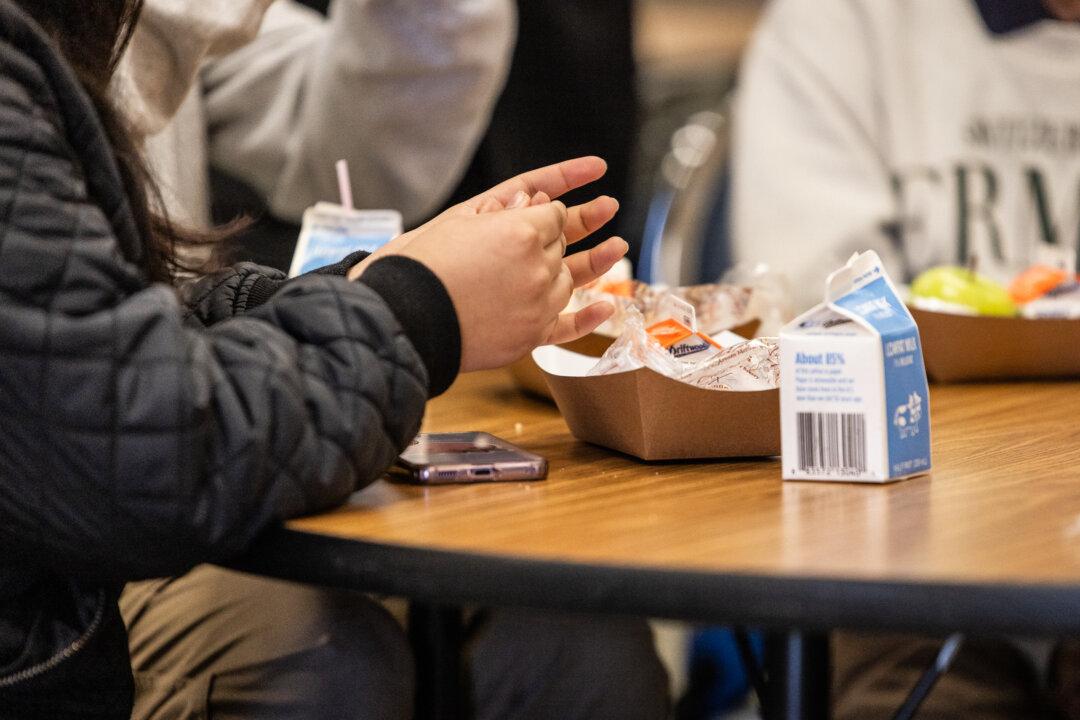California schoolchildren may no longer be able to buy a bag of Flamin’ Hot Cheetos or snack on M&Ms during break time in 2028 following Gov. Gavin Newsom’s approval of a new law banning six food dye additives deemed harmful.
“Our health is inextricably tied to the food we eat—but fresh, healthy foods aren’t always available or affordable for families,” Newsom said in a statement after signing the bill into law Sept. 28. “Today, we are refusing to accept the status quo, and making it possible for everyone, including school kids, to access nutritious, delicious food without harmful, and often addictive additives.”





